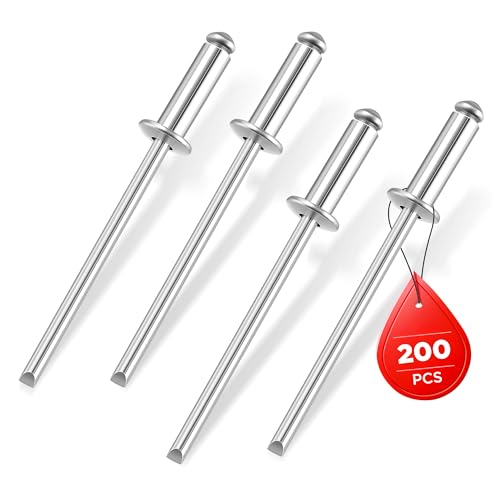- Joined
- Apr 15, 2023
- Messages
- 119
- Reaction score
- 114
- LOCATION
- High Bar Harbor NJ
Looking for some guidance please .. Opinions or facts gratefully accepted…
A neighbor (really) got this brand new 3hp ELECTRIC motor.. Not a trolling motor, more suited for a dingy or a small - medium sailboat.. The 2 blade plastic prop broke off both blades the first time it hit the sand bar….
?.. I don’t know if there is a overcurrent protection circuit to shut down when “excessive” resistance is encountered.. as current increases.. Or if any circuit could react that fast… but
The fail safe device is olde school.. A shear pin…looks pretty standard.. Bout 1 ½” long and 3/16” or so.. But it’s non magnetic.. ? I suspect it’s stainless steel… it is also perfectly intact !
And as a point of reference the 800# gorilla in trolling motors uses a stainless steel shear pin as well but it 1” x ⅛” quite a bit lighter and Amazon rates the replacement for up to 65# of thrust.
I seem to recall, back in the day, only several decades ago that shear pins were ? brass..
At any rate, once he gets the 2 new propellers (not in stock, backordered, ugg) I don’t feel comfortable advising him to put that “stainless” pin back in for another go round..
I have him going to the hardware store and we will cut down a #10 brass machine screw and see if that will sacrifice it’s self rather than the prop blades.
I am unarmed in a battle of wits over comparing the 3hp electric to a gas outboard, or 65# of thrust.. But I am more than willing to sacrifice a few test shear pins vs the plastic props..
And VERY conveniently to replace the prop one only needs to carry a 17mm DEEP socket to get the NYLOCK nut off the prop shaft !!!!... no simple castle nut and cotter pin… ??
For a electric motor that has smart gps, and all the whistles and bells and costs over 3K$,
Might not be well thought out….IMHO
? Comments, observations welcome, thanks
A neighbor (really) got this brand new 3hp ELECTRIC motor.. Not a trolling motor, more suited for a dingy or a small - medium sailboat.. The 2 blade plastic prop broke off both blades the first time it hit the sand bar….
?.. I don’t know if there is a overcurrent protection circuit to shut down when “excessive” resistance is encountered.. as current increases.. Or if any circuit could react that fast… but
The fail safe device is olde school.. A shear pin…looks pretty standard.. Bout 1 ½” long and 3/16” or so.. But it’s non magnetic.. ? I suspect it’s stainless steel… it is also perfectly intact !
And as a point of reference the 800# gorilla in trolling motors uses a stainless steel shear pin as well but it 1” x ⅛” quite a bit lighter and Amazon rates the replacement for up to 65# of thrust.
I seem to recall, back in the day, only several decades ago that shear pins were ? brass..
At any rate, once he gets the 2 new propellers (not in stock, backordered, ugg) I don’t feel comfortable advising him to put that “stainless” pin back in for another go round..
I have him going to the hardware store and we will cut down a #10 brass machine screw and see if that will sacrifice it’s self rather than the prop blades.
I am unarmed in a battle of wits over comparing the 3hp electric to a gas outboard, or 65# of thrust.. But I am more than willing to sacrifice a few test shear pins vs the plastic props..
And VERY conveniently to replace the prop one only needs to carry a 17mm DEEP socket to get the NYLOCK nut off the prop shaft !!!!... no simple castle nut and cotter pin… ??
For a electric motor that has smart gps, and all the whistles and bells and costs over 3K$,
Might not be well thought out….IMHO
? Comments, observations welcome, thanks

























































